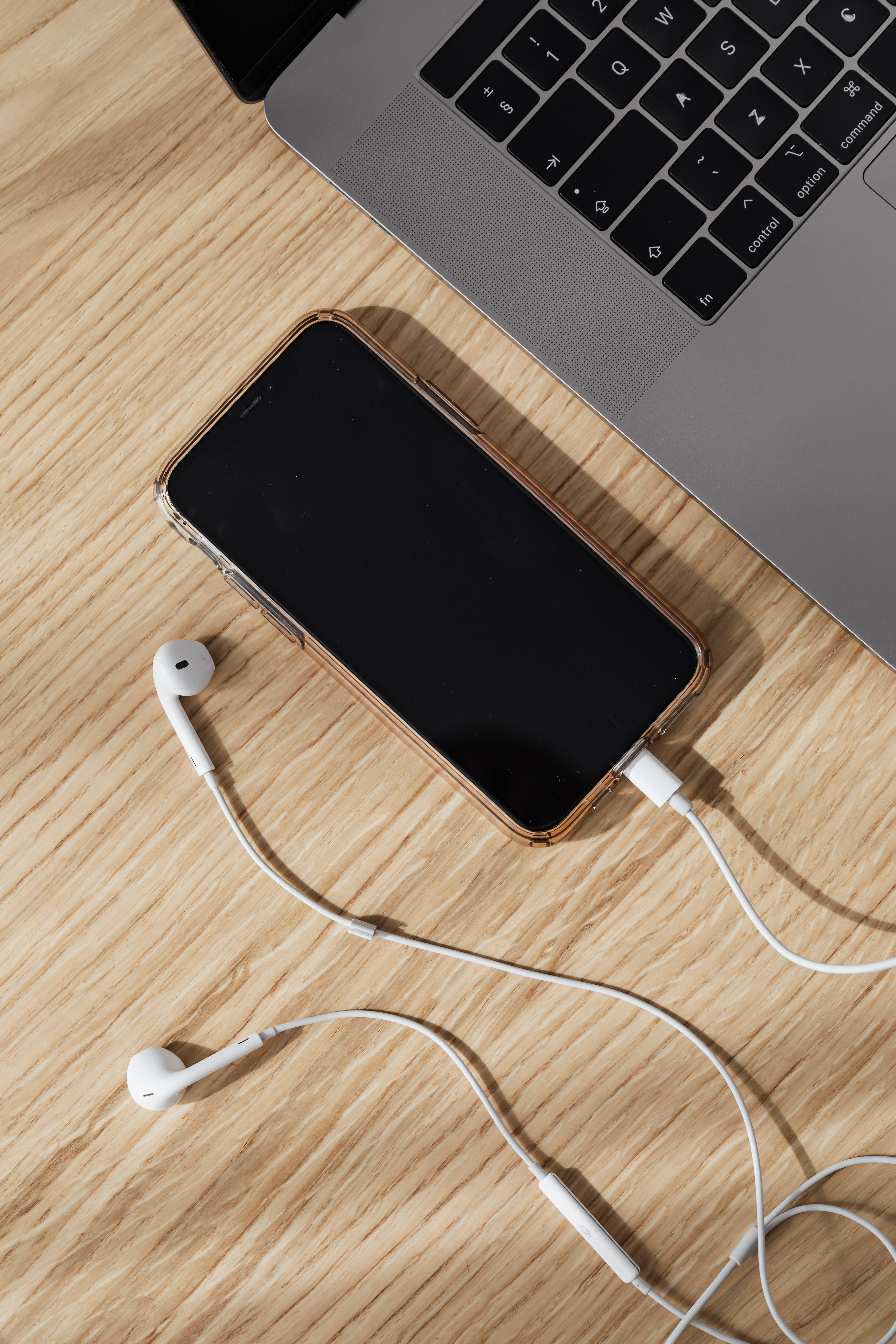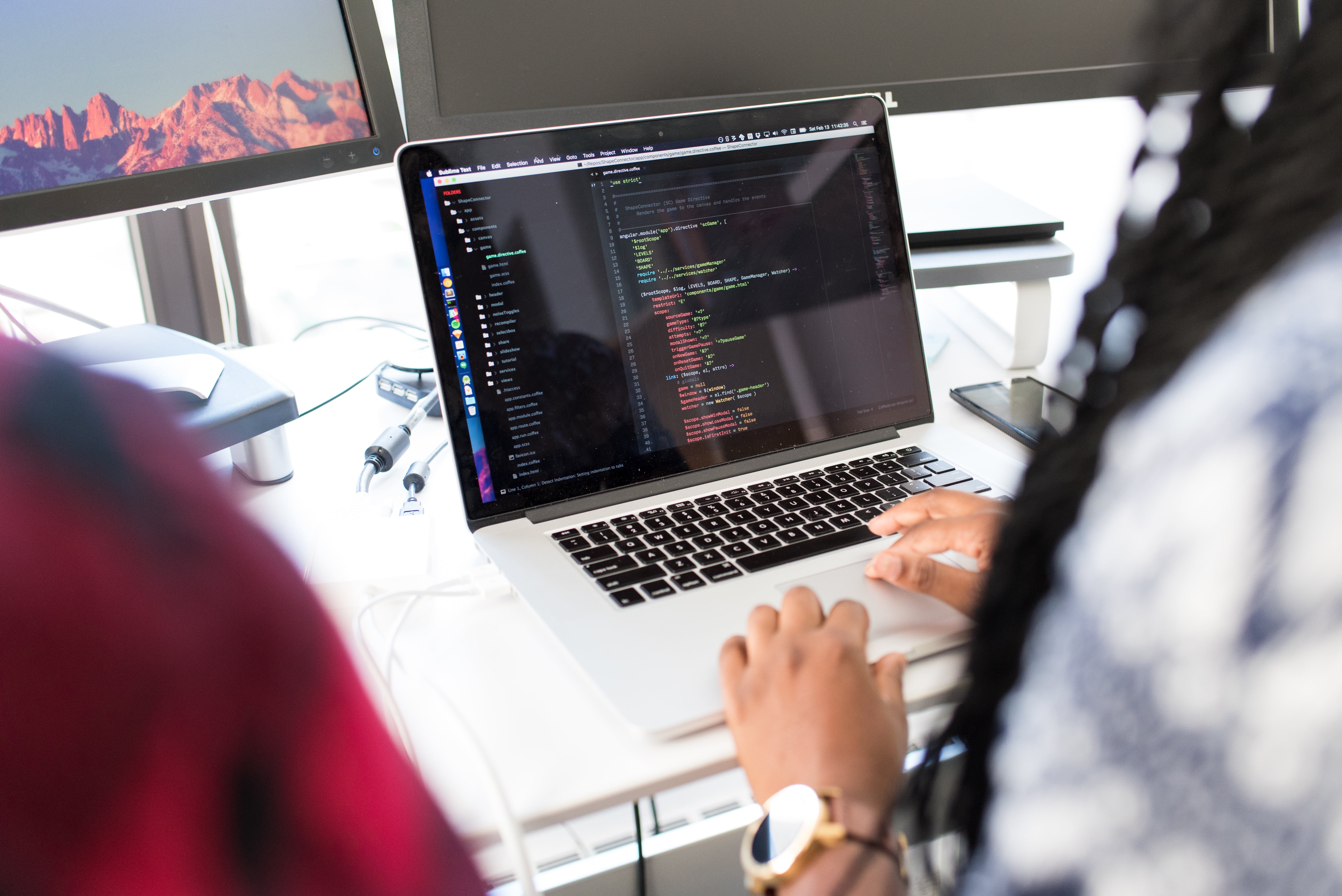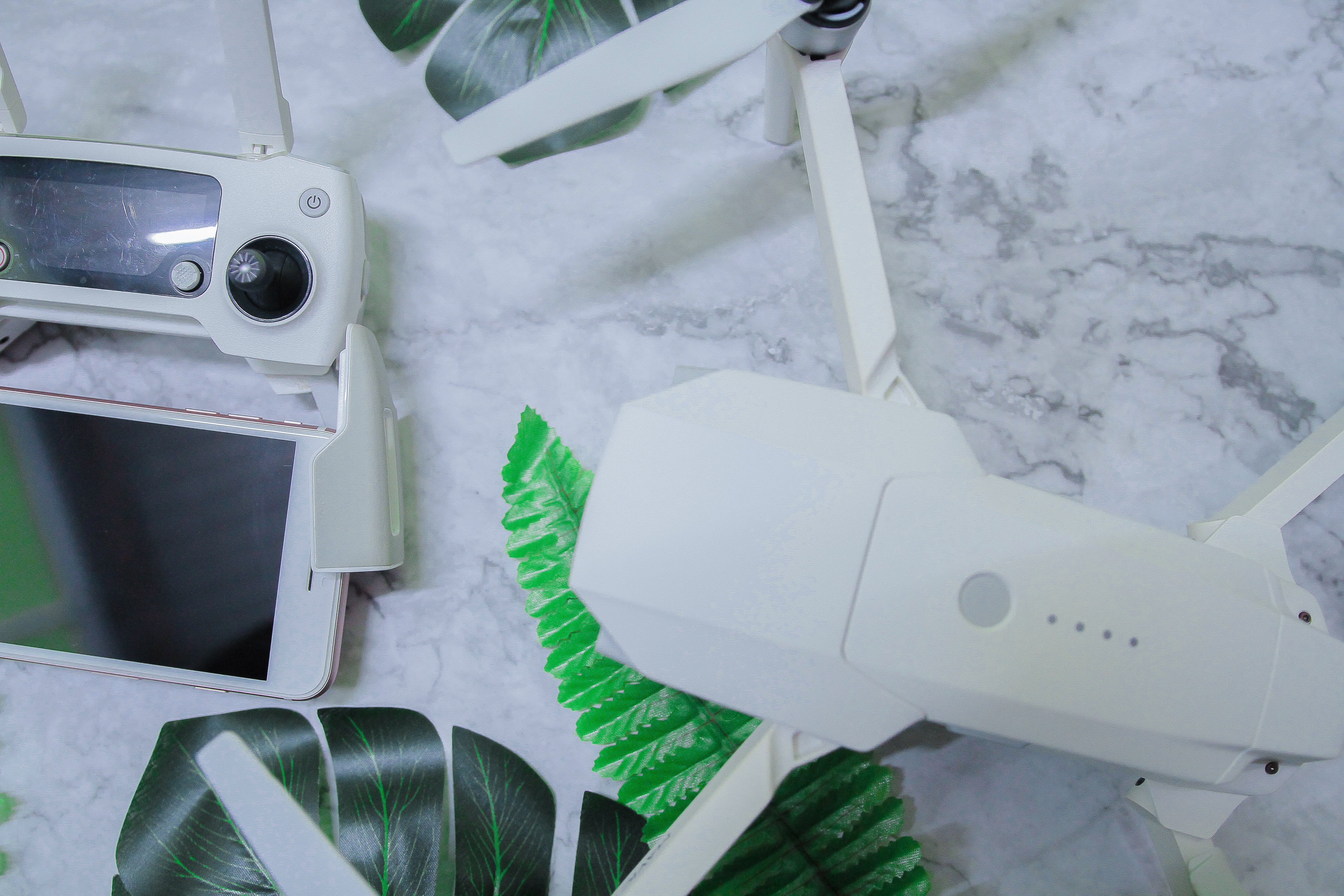Flutter app development has rapidly become a popular choice for businesses and developers looking to build high-quality mobile applications efficiently. This framework, developed by Google, offers a unique combination of flexibility, performance, and a rich set of features that enable the creation of beautiful, natively compiled applications for both Android and iOS platforms from a single codebase. Flutter’s ability to provide a native-like user experience, coupled with its hot reload feature, makes it an enticing option for rapid app prototyping and iterative development.
As we dive into the world of Flutter app development, we’ll explore the essential tools, libraries, and best practices that will help you master this technology. Whether you are a seasoned developer or just starting, understanding Flutter’s core principles and architecture is crucial for building scalable and maintainable mobile applications. Through this guide, we will cover everything from setting up your development environment to deploying your app to the app stores, ensuring you have the knowledge needed to navigate the Flutter ecosystem with confidence.
Embark on your journey to master Flutter app development with Biz4Solutions, where our expertise in cutting-edge technologies translates into tangible business results. Stay tuned as we delve deeper into each aspect of Flutter, and discover how you can leverage its full potential to create outstanding mobile apps.
Understanding the Flutter Framework and Its Core Principles
At the heart of Flutter lies a powerful framework designed to support the development of rich, customizable, and fast applications. Flutter’s core principles revolve around its modern react-style framework, a 2D rendering engine, ready-made widgets, and development tools. These components work in harmony to simplify the process of creating visually appealing and responsive user interfaces.
Flutter uses the Dart programming language, which is optimized for UI development and compiles to native code for both Android and iOS platforms. This allows developers to write code once and deploy it on multiple platforms without compromising on performance or quality. Moreover, the widget-centric approach of Flutter ensures that developers have a vast library of pre-designed elements at their disposal, which they can customize to fit the unique requirements of their application.
Another cornerstone of the Flutter framework is its layered architecture. This design allows for full customization, which means that you can control every pixel on the screen, creating complex UIs that would be difficult to implement on traditional platforms. Additionally, with Flutter’s hot reload feature, developers can instantly see the changes they make to the codebase, significantly speeding up the development cycle and enabling a more dynamic workflow.
Understanding these core principles is essential for any developer aspiring to excel in Flutter app development. Grasping how to effectively use widgets, manage state, and optimize performance are just the first steps in mastering this robust framework. As we continue in this guide, we will delve deeper into how these principles can be applied to build sophisticated and feature-rich mobile applications.
Setting Up the Flutter Development Environment

To begin your journey in Flutter app development, setting up the development environment is the first critical step. This process involves a few straightforward tasks that prepare your machine for Flutter projects. Start by downloading the latest stable version of the Flutter SDK from the official Flutter website. It’s essential to ensure that the SDK is compatible with your operating system, whether it’s Windows, macOS, or Linux.
After downloading and extracting the SDK, add the Flutter tool to your path. This step is crucial as it allows you to run Flutter commands in the console. Next, you’ll need an IDE to write your code. While you can use any text editor, it’s recommended to install an IDE like Android Studio or Visual Studio Code, which offers Flutter plugins to support a more integrated development experience.
Once your IDE is set up, install the Flutter and Dart plugins. These plugins provide important features like code analysis, a rich set of Flutter-specific widgets, and a suite of hot reload functionality for a seamless development experience. To ensure everything is correctly set up, run the flutter doctor command in your terminal. This command checks your environment and displays a report to the terminal window. It checks for any dependencies that might be missing or require an update, ensuring your development environment is ready for action.
With your environment set up, you’re now ready to create your first Flutter project. Execute the flutter create command followed by your project name, and you will have a new Flutter project with all necessary boilerplate code to get started. This sets the stage for diving into the exciting process of building your first Flutter app, which we will explore in the following sections of this guide.
Designing Visually Appealing Flutter Apps

Once your development environment is configured, the next step in Flutter app development is to design visually appealing applications. Flutter’s rich set of material design widgets and Cupertino (iOS-flavor) widgets provide a solid foundation for building beautiful interfaces. The framework’s layered architecture allows for full customization, which means you can alter the existing widgets or create your own for complete control over the look and feel of your app.
To begin designing your app, start with sketching out the user interface (UI) on paper or using a design tool. This helps in visualizing the layout and flow of the app. Once you have a design in mind, use Flutter’s widgets to start building your UI. Widgets like Container, Column, Row, and Stack allow for creating a responsive layout, while widgets like Text, Icons, Buttons, and Image enable adding basic UI elements.
For a more appealing design, consider incorporating custom fonts, animations, and gestures. Flutter simplifies the process of adding these elements with minimal code. The Animation library in Flutter provides a powerful way to create smooth and complex animations, making your app more interactive and lively. Gestures can be easily detected and handled using Flutter’s GestureDetector widget, enabling features like swiping, dragging, and tapping.
Moreover, theming is an integral part of app design, and Flutter makes it easy to apply a consistent theme throughout the app using the ThemeData class. This class allows you to define the colors, fonts, and other design parameters that can be applied to multiple widgets within the app. By focusing on these design aspects, you can ensure that your Flutter app is not only functional but also stands out with its aesthetic appeal.
Adding Functionality and Managing State in Flutter

Once the visual aspects of your Flutter app are in place, the next pivotal step is to inject life into it by adding functionality and managing state. State management is crucial in Flutter app development as it pertains to storing and altering the data present in the app at any given moment. Effective state management ensures that the app is responsive, efficient, and easy to maintain.
Flutter provides several options for managing state, ranging from simple solutions like setState for small apps, to more advanced systems such as Provider, Riverpod, BLoC (Business Logic Component), and Redux for complex applications with extensive architectures. Choosing the right state management approach depends on the complexity of your app and your team’s familiarity with the patterns.
To add functionality to your Flutter app, you begin by defining the business logic that will control the app’s behavior. This involves writing Dart functions and classes that perform the necessary computations, handle user input, and process data. For instance, if you’re building a shopping app, you would create functions to add items to a cart, calculate the total price, or fetch product details from a database.
Integrating these functionalities with the app’s UI involves setting up event listeners and handlers for various user actions. Widgets such as FloatingActionButton, IconButton, and GestureDetector are commonly used to capture user inputs and trigger the corresponding logic. Furthermore, incorporating network requests to fetch or send data can be done using packages like http and dio, allowing your app to interact with REST APIs or other services.
By meticulously adding functionality and managing state, developers can ensure that the Flutter app not only looks appealing but also provides a seamless and dynamic user experience.
Testing and Debugging Your Flutter Application

Ensuring the quality and stability of your Flutter app is paramount, which is where testing and debugging come into play. Flutter’s rich set of testing features allows developers to write tests at the unit, widget, and integration levels. Unit tests verify the functionality of individual functions or classes. Widget tests, also known as component tests, ensure that the UI renders correctly and interacts as expected. Integration tests check the performance of the app as a whole.
Flutter’s hot reload feature is an excellent tool for debugging, enabling developers to see the results of their changes almost instantly without losing the app’s state. For more complex debugging scenarios, Flutter provides DevTools, a suite of performance and profiling tools that help in tracking down performance issues and identifying bottlenecks.
When writing tests, consider employing the flutter_test package for widget tests and the test package for unit and integration tests. Mocking frameworks like mockito can be used to simulate interactions with external systems or components, providing a controlled testing environment. Additionally, automated testing frameworks such as Appium or Selenium can be integrated for end-to-end testing and to ensure cross-platform compatibility.
As your app progresses through the development lifecycle, a rigorous testing and debugging regimen will help in maintaining high standards of quality. Flutter’s comprehensive testing framework, combined with effective debugging practices, lays the foundation for a robust and reliable application.
For expert guidance on Flutter app development, state management strategies, or to ensure your app is tested and debugged to perfection, visit biz4solutions.com and partner with our seasoned professionals.
